
Youngstown: A Hidden Gem of Ohio
Discover Youngstown, Ohio: A perfect blend of history, culture, and natural beauty awaits in this revitalized Midwestern city, offering attractions for every type of traveler.
Nestled in the heart of the Mahoning Valley, Youngstown offers a charming mix of history, culture, and natural beauty. This city, once a bustling steel hub, has reinvented itself as a vibrant destination for visitors. The stunning Mill Creek Park, with its picturesque landscapes, sprawling gardens, and serene lakes, is a must-visit for nature enthusiasts. The park's historic Lanterman’s Mill and the enchanting Fellows Riverside Gardens provide perfect spots for relaxation and photography. Youngstown is also home to a thriving arts scene. The Butler Institute of American Art showcases an impressive collection of American masterpieces, while the DeYor Performing Arts Center hosts numerous concerts, plays, and ballets throughout the year. A stroll through the downtown area reveals beautifully restored historic buildings, eclectic boutiques, and diverse dining options, from cozy cafes to gourmet restaurants. History buffs will appreciate the city's rich heritage, reflected in the Youngstown Historical Center of Industry and Labor. This museum offers fascinating insights into the region’s industrial past and the lives of the workers who shaped it. For a unique experience, head to the B&O Station Banquet Hall and Brewery, a former train station turned event space and craft brewery, where you can enjoy a pint while soaking in the historic ambiance.
Local tips in Youngstown
- Visit Mill Creek Park early in the morning to enjoy the tranquility and catch the best light for photography.
- Check the event calendar at the DeYor Performing Arts Center for live performances during your stay.
- Take advantage of the free admission to the Butler Institute of American Art.
- Explore downtown Youngstown on foot to fully appreciate its historic architecture and local shops.
- Try the local craft beers at the B&O Station Banquet Hall and Brewery for a taste of Youngstown's brewing history.
Youngstown: A Hidden Gem of Ohio
Nestled in the heart of the Mahoning Valley, Youngstown offers a charming mix of history, culture, and natural beauty. This city, once a bustling steel hub, has reinvented itself as a vibrant destination for visitors. The stunning Mill Creek Park, with its picturesque landscapes, sprawling gardens, and serene lakes, is a must-visit for nature enthusiasts. The park's historic Lanterman’s Mill and the enchanting Fellows Riverside Gardens provide perfect spots for relaxation and photography. Youngstown is also home to a thriving arts scene. The Butler Institute of American Art showcases an impressive collection of American masterpieces, while the DeYor Performing Arts Center hosts numerous concerts, plays, and ballets throughout the year. A stroll through the downtown area reveals beautifully restored historic buildings, eclectic boutiques, and diverse dining options, from cozy cafes to gourmet restaurants. History buffs will appreciate the city's rich heritage, reflected in the Youngstown Historical Center of Industry and Labor. This museum offers fascinating insights into the region’s industrial past and the lives of the workers who shaped it. For a unique experience, head to the B&O Station Banquet Hall and Brewery, a former train station turned event space and craft brewery, where you can enjoy a pint while soaking in the historic ambiance.
When is the best time to go to Youngstown?
Iconic landmarks you can’t miss
Mill Creek Park - North End
Explore the natural beauty of Mill Creek Park - North End in Youngstown, Ohio, a perfect blend of tranquility and adventure in a stunning city park.
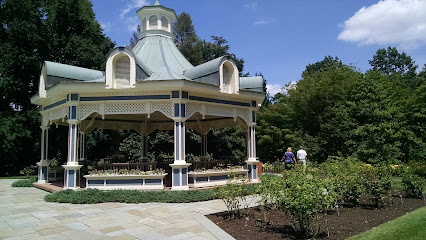
Fellows Riverside Gardens
Experience the serene beauty of Fellows Riverside Gardens, a botanical paradise in Youngstown, Ohio, perfect for nature lovers, families, and photographers.
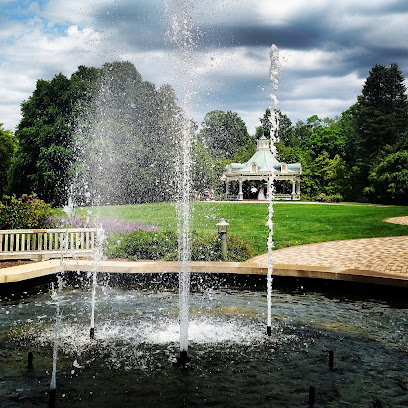
DoubleTree by Hilton Youngstown Downtown
Experience unparalleled comfort at the DoubleTree by Hilton Youngstown Downtown, your perfect base for exploring local attractions and dining delights.
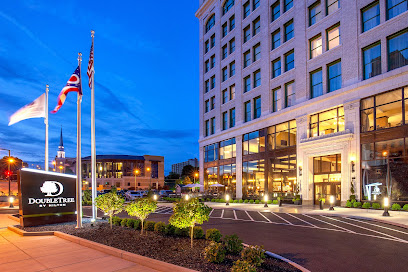
Lily Pond, Mill Creek Park
Experience the serene beauty of Lily Pond in Mill Creek Park, a nature preserve in Youngstown, Ohio, perfect for relaxation and wildlife observation.
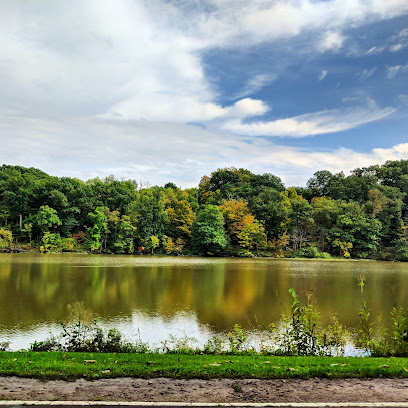
Stambaugh Auditorium
Experience the cultural heart of Youngstown at Stambaugh Auditorium, where art, history, and stunning architecture come together in perfect harmony.
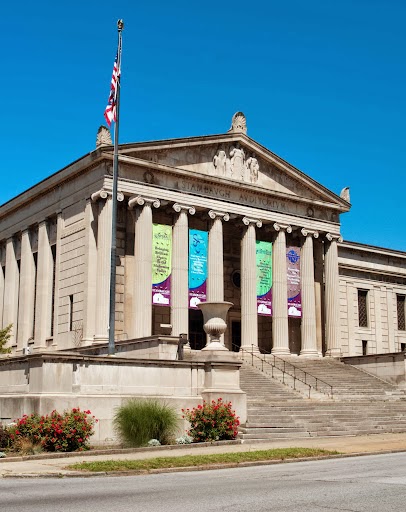
OH WOW! The Roger & Gloria Jones Children's Center for Science & Technology
Discover the joy of science and technology at OH WOW! The Roger & Gloria Jones Children's Center, a destination for interactive learning and fun for families.
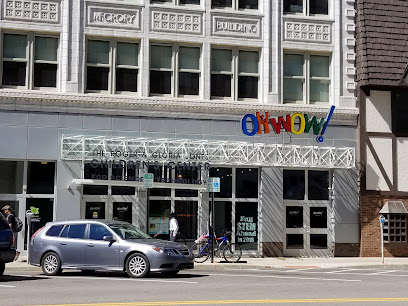
Youngstown Foundation Amphitheatre
Discover the dynamic energy of Youngstown Foundation Amphitheatre, a premier outdoor venue for live music and community events in Ohio's vibrant downtown.
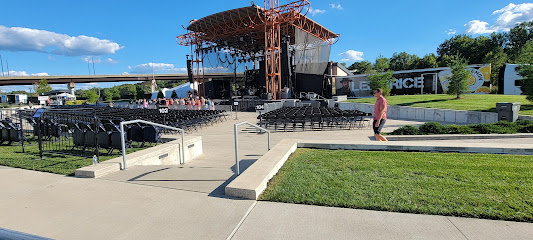
Mill Creek Park - South End
Experience the natural beauty and tranquility of Mill Creek Park - South End, a perfect destination for outdoor enthusiasts and families in Boardman, Ohio.
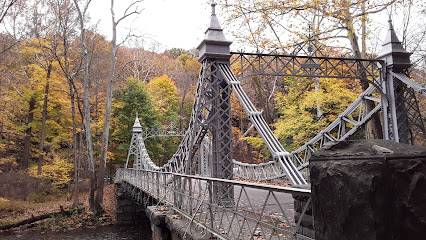
Lanterman's Mill
Explore the rich history and stunning scenery of Lanterman's Mill, a timeless landmark in Youngstown, Ohio, that enchants visitors of all ages.
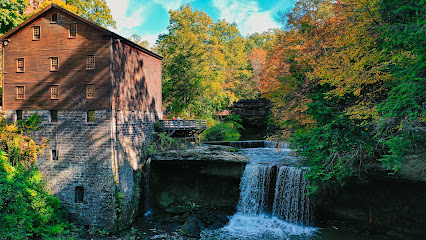
DeYor Performing Arts Center
Discover the DeYor Performing Arts Center, where captivating performances and rich cultural experiences await in the heart of Youngstown, Ohio.
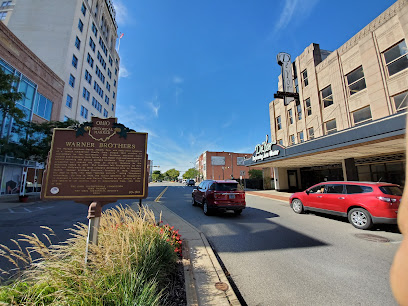
The Butler Institute of American Art
Discover the artistic heritage of America at The Butler Institute of American Art, a premier destination for art lovers in Youngstown, Ohio.
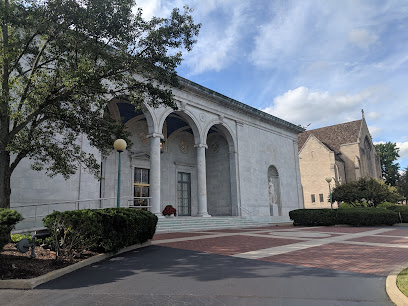
B & O Station Banquet Hall LLC
Discover the historic elegance of B & O Station Banquet Hall in Youngstown, Ohio, perfect for unforgettable celebrations and events.

Wick Park
Explore Wick Park in Youngstown, Ohio: A perfect blend of nature, recreation, and community spirit, ideal for families and nature lovers alike.
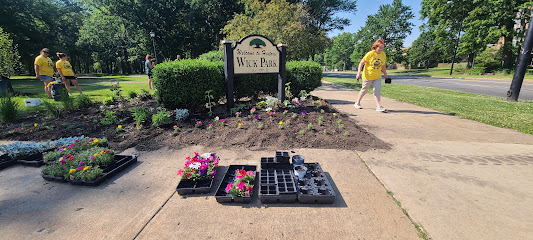
The Youngstown Flea
Explore The Youngstown Flea: A vibrant market in Downtown Youngstown, Ohio, showcasing local artisans, delicious food, and unique treasures.
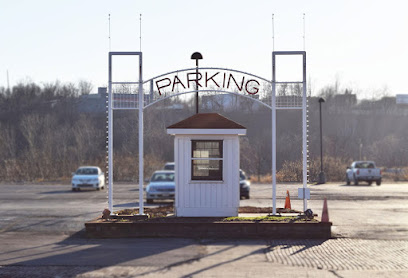
Arms Family Museum
Explore the rich history and architectural beauty of the Arms Family Museum in Youngstown, Ohio, a captivating journey through the past.
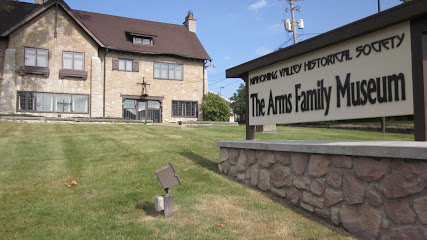
Unmissable attractions to see
Fellows Riverside Gardens
Explore the enchanting beauty of Fellows Riverside Gardens, a serene botanical garden in Youngstown, Ohio, featuring vibrant flora and artistic sculptures.
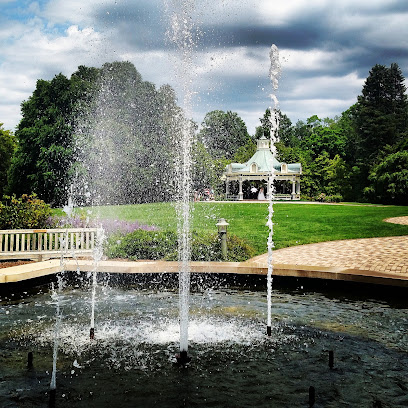
Lily Pond, Mill Creek Park
Discover the tranquil beauty of Lily Pond in Mill Creek Park, a nature lover's paradise in Youngstown, Ohio, perfect for leisurely walks and scenic picnics.
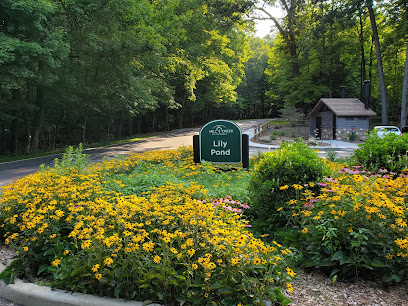
OH WOW! The Roger & Gloria Jones Children's Center for Science & Technology
Explore science and technology at OH WOW! Children's Center in Youngstown, where interactive exhibits inspire curiosity and creativity in every child.
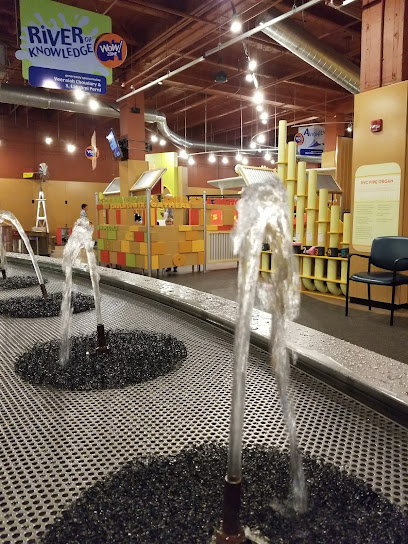
Mill Creek Park - South End
Experience the breathtaking landscapes and vibrant wildlife of Mill Creek Park - South End, a perfect urban retreat in Boardman, Ohio.
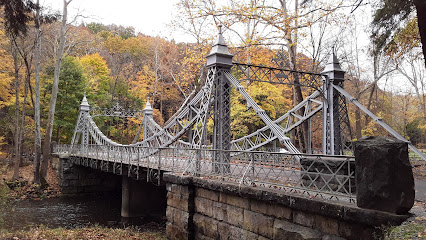
Lanterman's Mill
Experience the charm of Lanterman's Mill, a historic gristmill with stunning views, rich history, and scenic trails in Youngstown, Ohio.
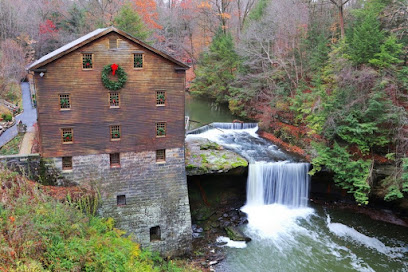
The Butler Institute of American Art
Discover the rich heritage of American art at the Butler Institute of American Art in Youngstown, Ohio, a must-visit for art lovers and culture enthusiasts.
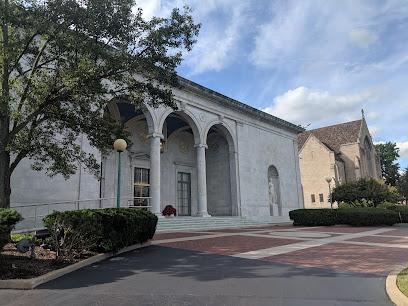
The Butler Institute of American Art
Explore the rich heritage of American art at The Butler Institute of American Art in Youngstown, Ohio, a captivating destination for culture and creativity.
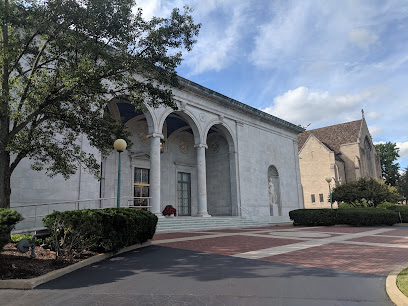
Arms Family Museum
Explore the luxurious legacy of the Arms Family at this historic museum in Youngstown, Ohio, showcasing the beauty of the region's architectural heritage.
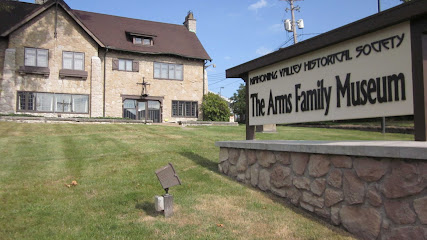
Tyler History Center
Explore the captivating history of Youngstown at the Tyler History Center, where local stories and heritage come to life.
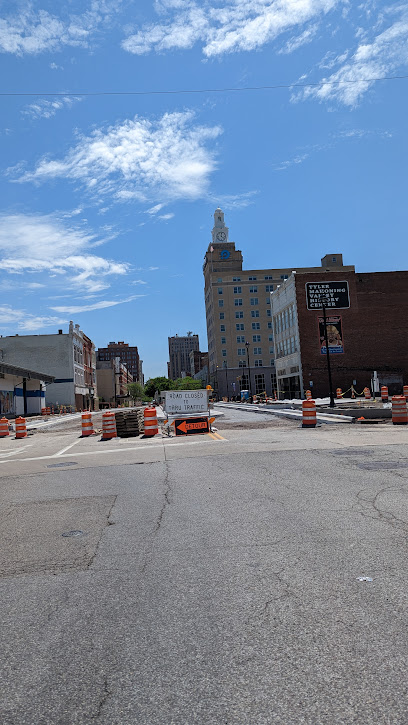
Ford Nature Center
Discover the beauty and tranquility of Ford Nature Center in Youngstown, Ohio—perfect for hiking, birdwatching, and educational exhibits.
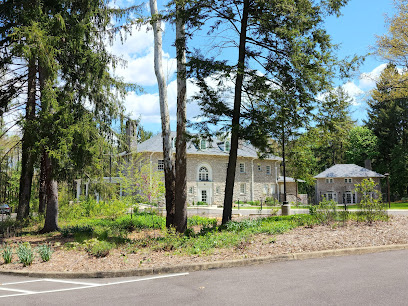
Youngstown Historical Center of Industry and Labor
Explore Youngstown's rich industrial heritage at the Historical Center of Industry and Labor, where the steel revolution comes to life.

McDonough Museum of Art
Explore contemporary art at McDonough Museum of Art, a vibrant cultural hub in Youngstown, Ohio, featuring dynamic exhibitions and engaging programs.
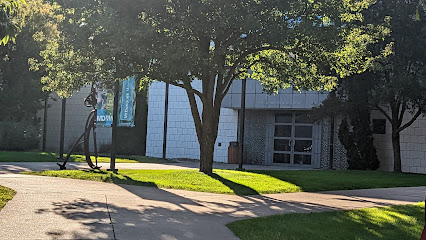
Clarence R. Smith Mineral Museum
Explore the Clarence R. Smith Mineral Museum in Youngstown, Ohio, and uncover the beauty of minerals and geology through stunning exhibits and educational displays.
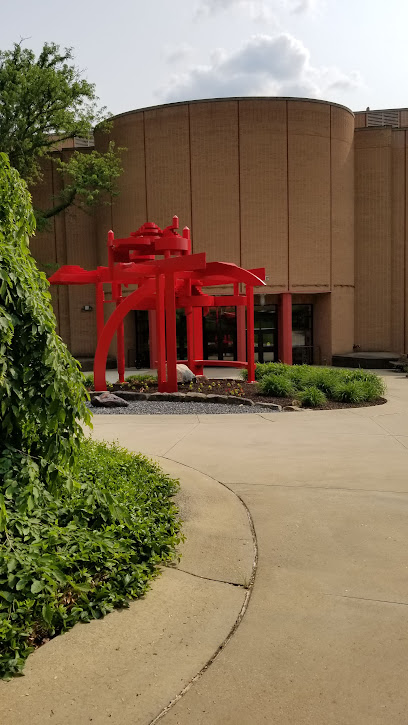
Essential places to dine
Station Square
Experience authentic Italian cuisine at Station Square in Youngstown – where every meal is a celebration of flavor.
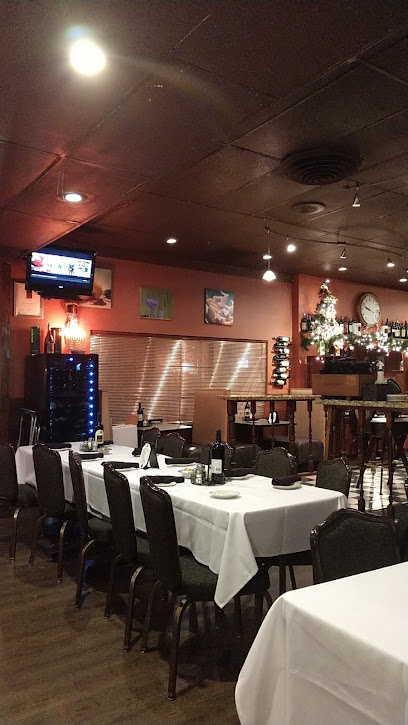
Magic Tree Pub & Eatery
Experience the unique flavors and warm atmosphere at Magic Tree Pub & Eatery in Boardman, Ohio - a perfect stop for all food lovers.
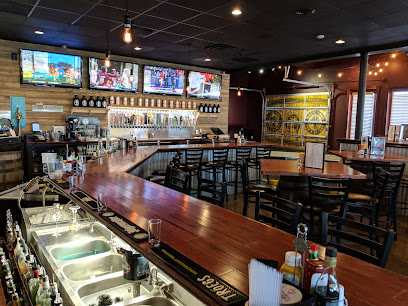
Blue Wolf Tavern
Discover the vibrant flavors of America at Blue Wolf Tavern – where fresh seafood meets perfectly grilled steaks in Boardman, Ohio.
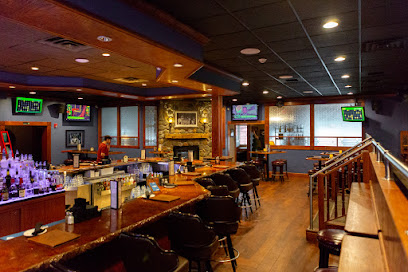
Springfield Grille
Experience the best of American cuisine at Springfield Grille in Youngstown - where great food meets warm hospitality.
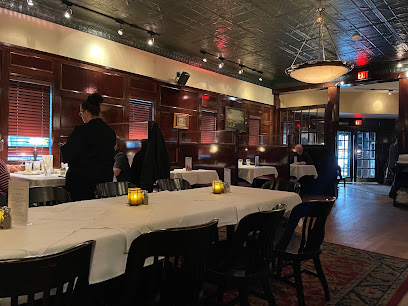
Cassese's MVR
Experience authentic Italian flavors at Cassese's MVR in Youngstown - where tradition meets taste in every dish.
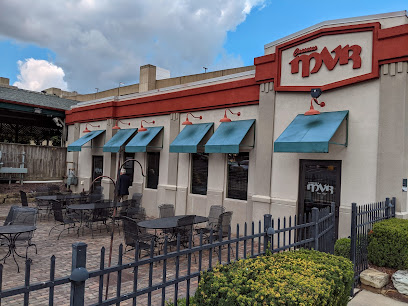
Aqua Pazzo
Indulge in authentic Italian cuisine at Aqua Pazzo, where every dish is crafted with passion and served with warmth in Boardman, Ohio.
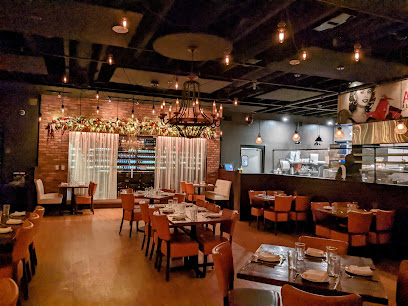
The Federal
Experience culinary excellence at The Federal in downtown Youngstown – where local flavors meet modern dining.
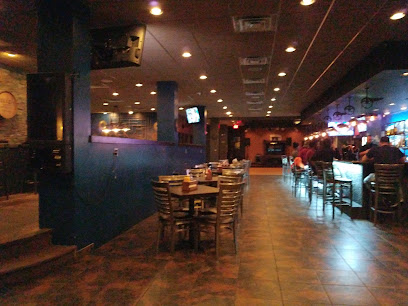
Charlie Staples Pitt Boss
Discover authentic Southern barbecue at Charlie Staples Pitt Boss in Youngstown - where every bite is packed with flavor and tradition.

Avalon Downtown Pizzeria
Experience the authentic taste of Italy at Avalon Downtown Pizzeria - where delicious pizzas meet vibrant nightlife in Youngstown.
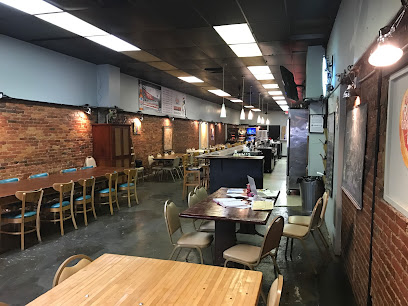
Michael Alberini's Restaurant
Discover upscale American dining at Michael Alberini's Restaurant in Youngstown, Ohio—where exquisite flavors meet exceptional service.

Caffe Capri Italian Bar & Grille
Experience authentic Italian cuisine at Caffe Capri in Boardman - where every dish is crafted with passion and tradition.

Bistro 1907 by Mark CANZONETTA
Discover Bistro 1907: A premier American dining destination in downtown Youngstown offering delectable brunch and dinner options.
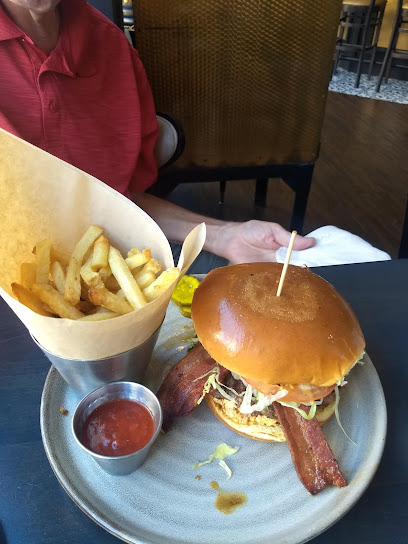
Knafa Restaurant
Discover authentic Mediterranean flavors at Knafa Restaurant in Youngstown - where every dish tells a story.
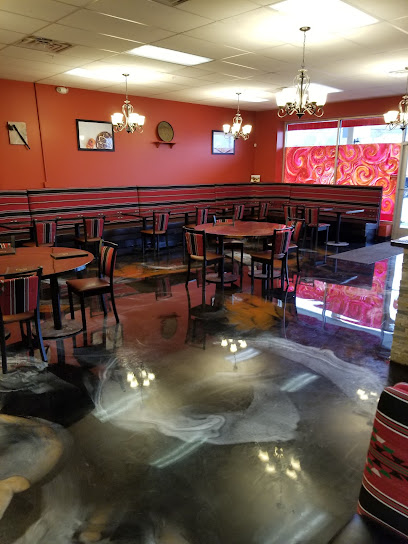
V2 Wine Bar and Trattoria by Vernon
Experience exquisite Italian dining at V2 Wine Bar and Trattoria in Downtown Youngstown, where great food meets exceptional wine.
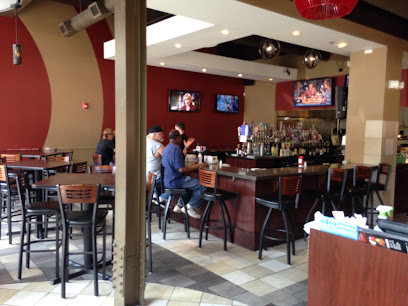
Selah Restaurant
Experience a unique blend of American and European cuisine at Selah Restaurant in Struthers, Ohio – where every meal is a culinary adventure.

Markets, malls and hidden boutiques
Lincoln Knolls Plaza
Experience the vibrant shopping scene at Lincoln Knolls Plaza in Youngstown, where retail therapy meets dining and community events for an unforgettable day out.
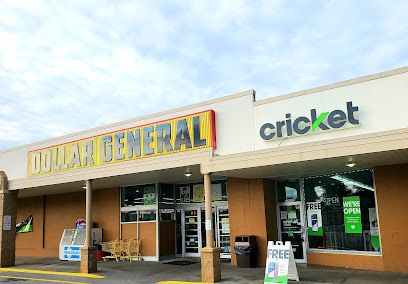
Youngstown Shopping Center
Explore Youngstown Shopping Center: A vibrant retail hub in Ohio with diverse shops, eateries, and family-friendly entertainment for all.

Save A Lot
Shop smart and save big at Save A Lot, your discount supermarket in Youngstown, Ohio, offering unbeatable prices on quality groceries.
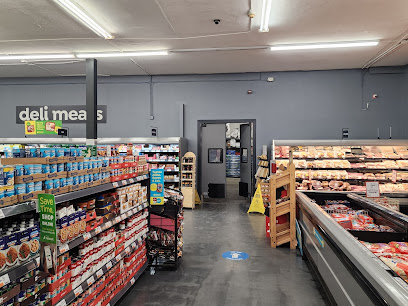
Goodwill
Explore Goodwill in Youngstown for unique thrift finds and support community programs with your purchases.
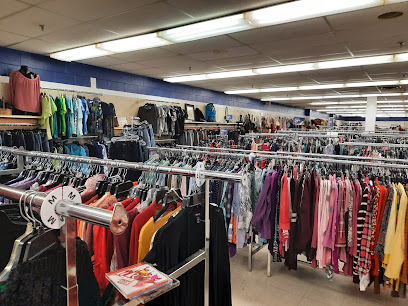
Unique Beauty Supply
Explore Unique Beauty Supply in Youngstown for an extensive range of beauty supplies, wigs, and cosmetics to elevate your beauty game.
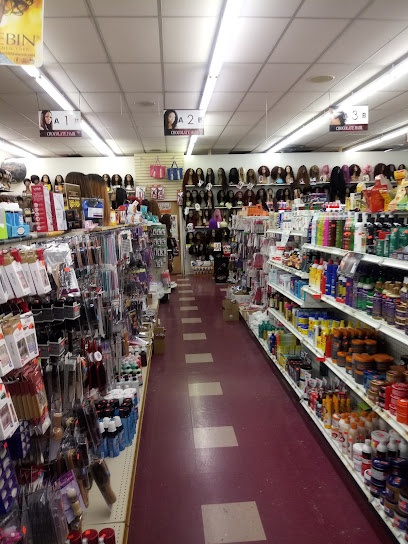
Love Thy Curves
Explore Love Thy Curves for an exquisite selection of pre-owned plus-size fashion in Boardman, Ohio, celebrating style and body positivity.
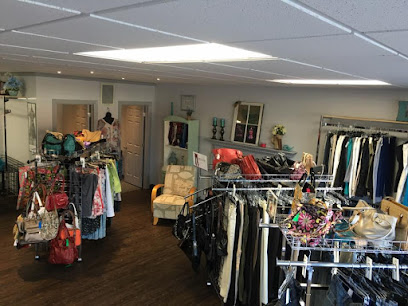
Yankee Trading Post
Explore the eclectic offerings at Yankee Trading Post, a thrift store treasure trove in Youngstown, Ohio, where every item has a story.

Geo's Music
Explore a world of vinyl at Geo's Music, Youngstown's premier destination for record collectors and music lovers alike.
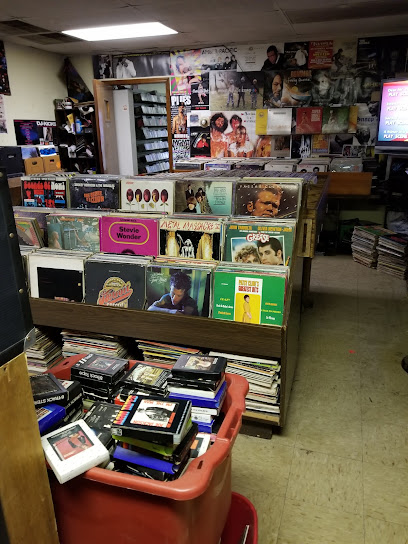
Paradise Alley
Explore the best tobacco shop in Youngstown, Ohio, offering a wide selection of premium cigars and a warm, inviting atmosphere.
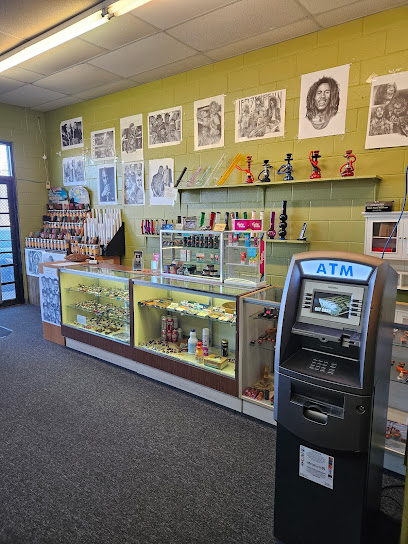
Schulte's Thrift Yard
Explore Schulte's Thrift Yard in Youngstown, Ohio, for unique vintage treasures and sustainable shopping experiences.

Meander Hill, LLC
Explore Meander Hill, LLC in Youngstown, Ohio, for unique gifts, home decor, and furniture that reflect local craftsmanship and artistry.
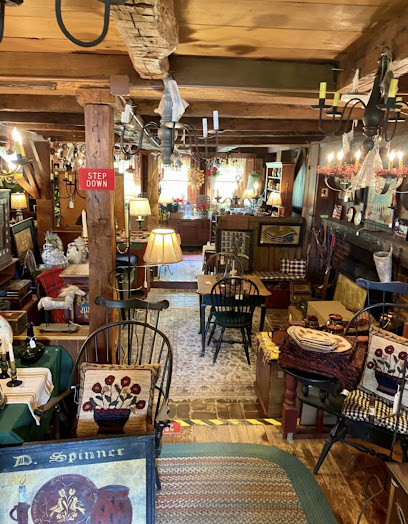
Youngstown Clothing Co.
Explore the vibrant fashion scene at Youngstown Clothing Co., offering unique styles and local designs in the heart of Youngstown, Ohio.

St. George & The Dragon
Explore St. George & The Dragon, a unique gift and smoke shop in Youngstown, Ohio, offering a blend of hand-crafted treasures and quality smoking accessories.
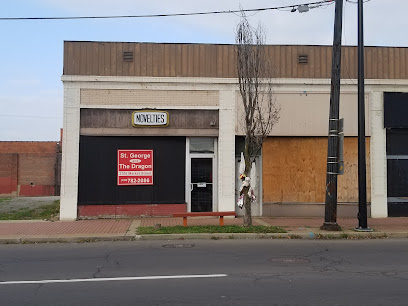
Joshua Tree
Explore Joshua Tree Antique Store in Youngstown for a unique shopping experience filled with vintage treasures and collectibles.
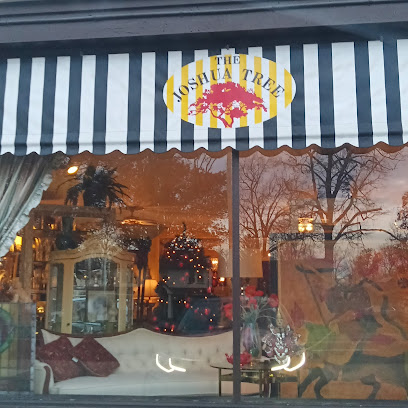
Good Vibes
Discover unique treasures and vintage charm at Good Vibes, Youngstown's premier thrift and antique store.
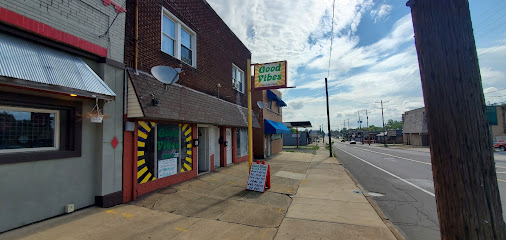
Essential bars & hidden hideouts
Crickets Bar and Grill
Experience the vibrant atmosphere and delicious flavors at Crickets Bar and Grill in Youngstown, Ohio, a favorite among locals and tourists alike.
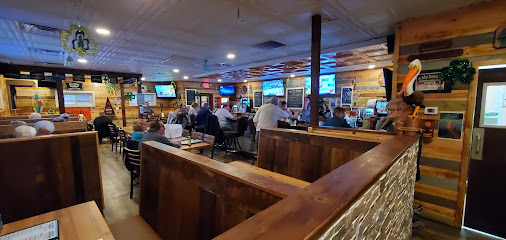
Steel City Bar And Grill
Discover the lively Steel City Bar And Grill in Youngstown, Ohio, where great food, drinks, and atmosphere come together for an unforgettable night out.
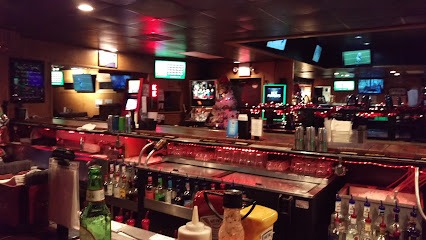
V2 Wine Bar and Trattoria by Vernon
Experience exquisite Italian cuisine and a remarkable wine selection at V2 Wine Bar and Trattoria in Downtown Youngstown, Ohio.
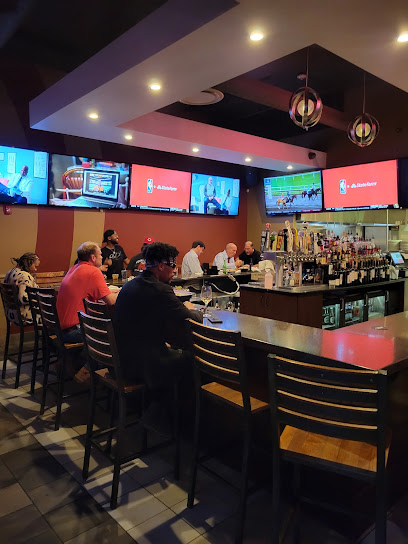
Royal Oaks Bar & Grill
Enjoy local flavors and vibrant atmosphere at Royal Oaks Bar & Grill, a beloved Youngstown hotspot for delicious food and drinks.
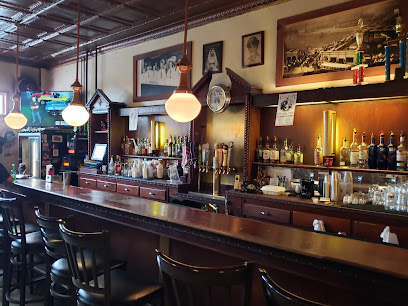
Whistle and Keg
Discover the finest craft beers and a vibrant atmosphere at Whistle and Keg, the ultimate brewpub in Downtown Youngstown, Ohio.
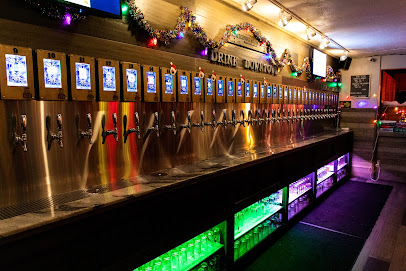
Topsy's Lounge
Discover Topsy's Lounge in Youngstown, where delicious grilled cuisine meets a vibrant lounge atmosphere, perfect for relaxation and nightlife.
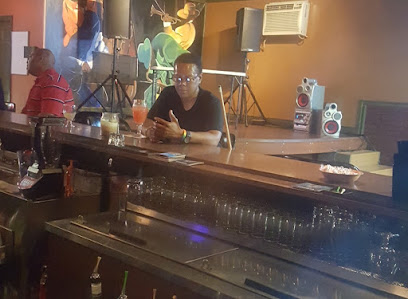
Dash Inn
Discover the lively ambiance of Dash Inn, a local bar and restaurant in Youngstown, known for its scratch pizzas and exciting live music events.
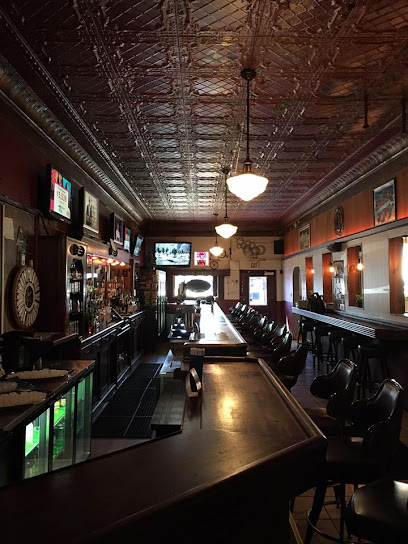
Downtown Draught House
Discover the Downtown Draught House – a lively bar in Youngstown offering an extensive beer selection and a welcoming atmosphere for all.
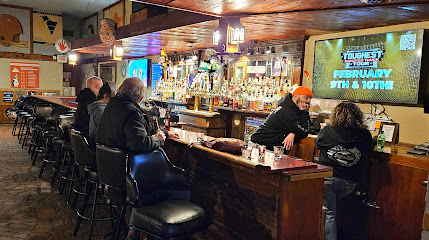
Southern Tavern
Discover Southern Tavern in Youngstown, Ohio, where affordable drinks, live music, and a cozy atmosphere create the perfect night out.

Teenie's Tavern
Discover Teenie's Tavern, a vibrant bar in Youngstown, Ohio, where great drinks, lively atmosphere, and friendly locals await you.
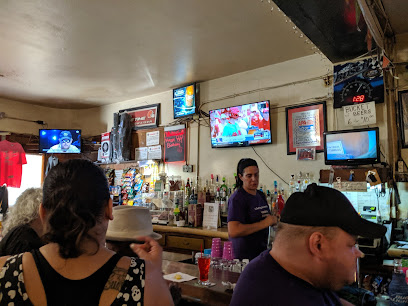
Frieda's
Experience the vibrant nightlife of Youngstown at Frieda's Jazz Club, the ultimate destination for live jazz and handcrafted cocktails.
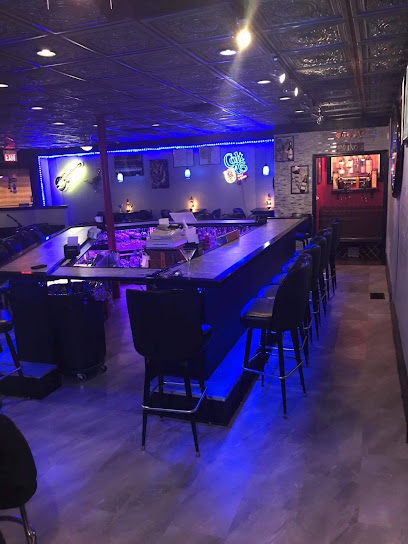
Irish Bob's Pub
Discover the vibrant atmosphere and local charm of Irish Bob's Pub in Youngstown, Ohio, where great drinks and friendly faces await.
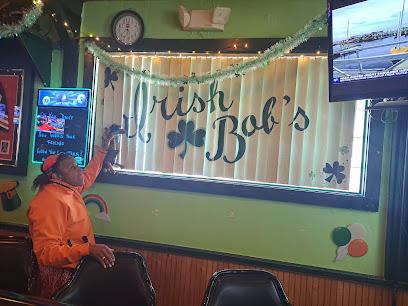
Imbibe Martini Bar
Experience an exquisite cocktail journey at Imbibe Martini Bar in Youngstown, where creativity meets sophistication in every sip.
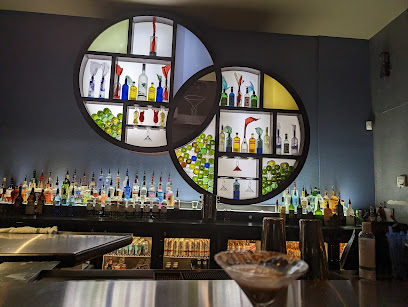
Styx
Experience the vibrant nightlife at Styx, a must-visit bar in Youngstown, Ohio, offering a diverse drink selection and affordable prices.
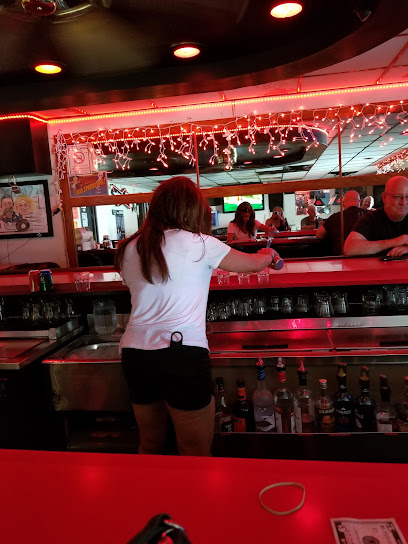
Ryes Craft Beer & Whiskey
Discover the vibrant atmosphere of Ryes Craft Beer & Whiskey, where craft brews and exquisite spirits meet lively entertainment in Downtown Youngstown.
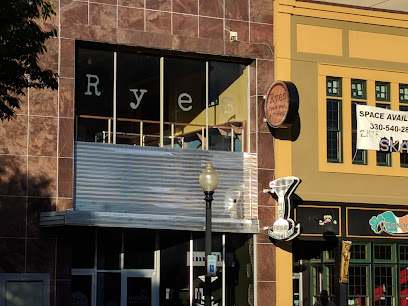
Local Phrases
-
- HelloYo
[yoh] - GoodbyeLater
[lay-tur] - YesYeah
[yeh] - NoNah
[nah] - Please/You're welcomePlease
[pleez] - Thank youThanks
[thanks] - Excuse me/SorrySorry
[sor-ee] - How are you?How you doin'?
[how yoo doo-in] - Fine. And you?Good. You?
[good. yoo] - Do you speak English?You speak English?
[yoo speak ing-glish] - I don't understandI don't get it
[I dont get it]
- HelloYo
-
- I'd like to see the menu, pleaseMenu, please
[men-yoo, pleez] - I don't eat meatNo meat for me
[no meat for mee] - Cheers!Cheers!
[cheers] - I would like to pay, pleaseCheck, please
[chek, pleez]
- I'd like to see the menu, pleaseMenu, please
-
- Help!Help!
[help] - Go away!Get lost!
[get lost] - Call the Police!Police!
[po-leece] - Call a doctor!Doctor!
[doc-tur] - I'm lostLost
[lost] - I'm illSick
[sick]
- Help!Help!
-
- I'd like to buy...I wanna buy...
[I wanna buy] - I'm just lookingJust lookin'
[just look-in] - How much is it?How much?
[how much] - That's too expensiveToo much
[too much] - Can you lower the price?Lower the price?
[lower the price]
- I'd like to buy...I wanna buy...
-
- What time is it?What time?
[what time] - It's one o'clockIt's one
[its one] - Half past (10)Half ten
[half ten] - MorningMorning
[morning] - AfternoonAfternoon
[after-noon] - EveningEvening
[evening] - YesterdayYesterday
[yes-ter-day] - TodayToday
[to-day] - TomorrowTomorrow
[to-mar-row] - 1One
[wun] - 2Two
[too] - 3Three
[three] - 4Four
[four] - 5Five
[five] - 6Six
[six] - 7Seven
[seven] - 8Eight
[ate] - 9Nine
[nine] - 10Ten
[ten]
- What time is it?What time?
-
- Where's a/the...?Where's the...?
[wheres the] - What's the address?Address?
[address] - Can you show me (on the map)?Show me on map?
[show me on map] - When's the next (bus)?Next bus?
[next bus] - A ticket (to ....)Ticket to...
[ticket to]
- Where's a/the...?Where's the...?
History of Youngstown
-
Youngstown, Ohio, was founded in 1796 by John Young, a surveyor from Whitestown, New York, who purchased the land from the Connecticut Land Company. As settlers began to arrive, the town quickly grew due to its strategic location along the Mahoning River, which provided essential transportation routes and water power for early industries.
-
In the late 19th and early 20th centuries, Youngstown became a major industrial center, particularly known for its steel production. The discovery of coal in the surrounding region fueled this growth, and the establishment of large steel mills, such as the Youngstown Sheet and Tube Company, attracted a workforce from across the country and the world. This period saw the city's population and infrastructure expand rapidly.
-
The rise of the steel industry also led to significant labor unrest in Youngstown. Notable events include the 1916 Youngstown Steel Strike, which became one of the most violent labor conflicts in American history. Workers demanded better wages and working conditions, resulting in clashes with company guards and local police. The strike highlighted the growing tensions between industrial workers and management during this era.
-
The latter half of the 20th century brought economic challenges to Youngstown as the steel industry began to decline. The 1977 closure of the Youngstown Sheet and Tube Company's Campbell Works marked the beginning of the city's industrial downturn, leading to significant job losses and economic hardship. This period is often referred to as the 'Black Monday' of Youngstown's history.
-
Despite economic difficulties, Youngstown has remained a culturally diverse and resilient community. The city is home to a rich tapestry of ethnic neighborhoods, including Italian, Polish, and African American communities, each contributing to the city's cultural fabric. Events such as the annual Italian Festival celebrate this diversity and foster community spirit.
-
In recent years, Youngstown has undertaken significant revitalization efforts aimed at transforming its economic landscape. Initiatives such as the Youngstown 2010 plan focus on sustainable development, repurposing vacant land, and fostering new industries like technology and education. The growth of Youngstown State University and the establishment of business incubators are key components of these efforts.
-
Youngstown boasts a vibrant arts scene and a strong cultural heritage. The Butler Institute of American Art, founded in 1919, is one of the first museums dedicated to American art. The city also features the historic Powers Auditorium, a former movie palace that now hosts performances by the Youngstown Symphony Orchestra and other cultural events, contributing to the city's rich artistic legacy.
Youngstown Essentials
-
Youngstown is accessible by several major routes. The nearest airport is the Youngstown-Warren Regional Airport, which offers limited commercial flights. For a wider range of flights, consider Pittsburgh International Airport (about 70 miles away) or Cleveland Hopkins International Airport (about 75 miles away). From these airports, you can rent a car or take a shuttle service to reach Youngstown. The city is also connected by major highways including I-76, I-80, and I-680, making it easily reachable by car.
-
In Youngstown, public transportation is managed by the Western Reserve Transit Authority (WRTA) which offers bus services throughout the city and surrounding areas. Taxis and ride-sharing services like Uber and Lyft are also available. For those looking to explore beyond the city, renting a car is a convenient option. Downtown Youngstown is quite walkable, with many attractions, restaurants, and shops within a short distance of each other.
-
The official currency in Youngstown, as in the rest of the United States, is the US Dollar (USD). Credit and debit cards are widely accepted in most establishments, including restaurants, hotels, and shops. ATMs are plentiful, particularly in downtown areas and near shopping centers, making it easy to withdraw cash when needed.
-
While Youngstown has made significant strides in improving safety, it is advisable to exercise caution, especially in certain neighborhoods with higher crime rates. Areas such as the south side and some parts of the east side are known for higher crime rates. As a tourist, it is best to stay in well-populated and well-lit areas, particularly at night. Always keep an eye on your belongings and avoid displaying valuables openly.
-
In case of an emergency, dial 911 to reach police, fire, or medical services. Youngstown has several hospitals, including St. Elizabeth Youngstown Hospital, which provides comprehensive emergency care. It is advisable to carry a copy of your travel insurance and identification at all times. For minor health issues, there are numerous pharmacies throughout the city where you can purchase over-the-counter medications.
-
Fashion: Do dress comfortably and weather-appropriately. Casual dress is generally acceptable in most places, but consider dressing smartly for nicer restaurants or events. Religion: Do respect local religious customs and traditions. If visiting places of worship, dress modestly. Public Transport: Do be courteous to fellow passengers and offer your seat to elderly or disabled individuals if needed. Don’t be overly loud or disruptive. Greetings: Do greet people with a friendly ‘hello’ or handshake. Midwesterners are known for their friendliness. Eating & Drinking: Do try local specialties like pierogies and hot peppers in oil. Don’t forget to tip your servers, typically 15-20% of the bill.
-
To experience Youngstown like a local, visit the weekly farmers' markets, such as the one held at the B&O Station. Explore Mill Creek Park, one of the largest metropolitan parks in the nation, offering scenic trails and gardens. Check out local diners and family-owned restaurants for authentic regional cuisine. Engage with locals at events like the Youngstown Flea, an urban flea market showcasing local vendors and artisans. For a unique historical experience, visit the Youngstown Historical Center of Industry and Labor, also known as the Steel Museum.
Trending Landmark in Youngstown
-
Mill Creek Park - North End
-
Fellows Riverside Gardens
-
DoubleTree by Hilton Youngstown Downtown
-
Lily Pond, Mill Creek Park
-
Stambaugh Auditorium
-
OH WOW! The Roger & Gloria Jones Children's Center for Science & Technology
-
Youngstown Foundation Amphitheatre
-
Mill Creek Park - South End
-
Lanterman's Mill
-
DeYor Performing Arts Center
-
The Butler Institute of American Art
-
B & O Station Banquet Hall LLC
-
Wick Park
-
The Youngstown Flea
-
Arms Family Museum
Nearby Cities to Youngstown
-
Things To Do in Canton
-
Things To Do in Akron
-
Things To Do in Weirton
-
Things To Do in Pittsburgh
-
Things To Do in Cleveland
-
Things To Do in Wooster
-
Things To Do in Wheeling
-
Things To Do in Erie
-
Things To Do in Mansfield
-
Things To Do in Zanesville
-
Things To Do in Morgantown
-
Things To Do in Sandusky
-
Things To Do in Fairmont
-
Things To Do in Marietta
-
Things To Do in Clarksburg











